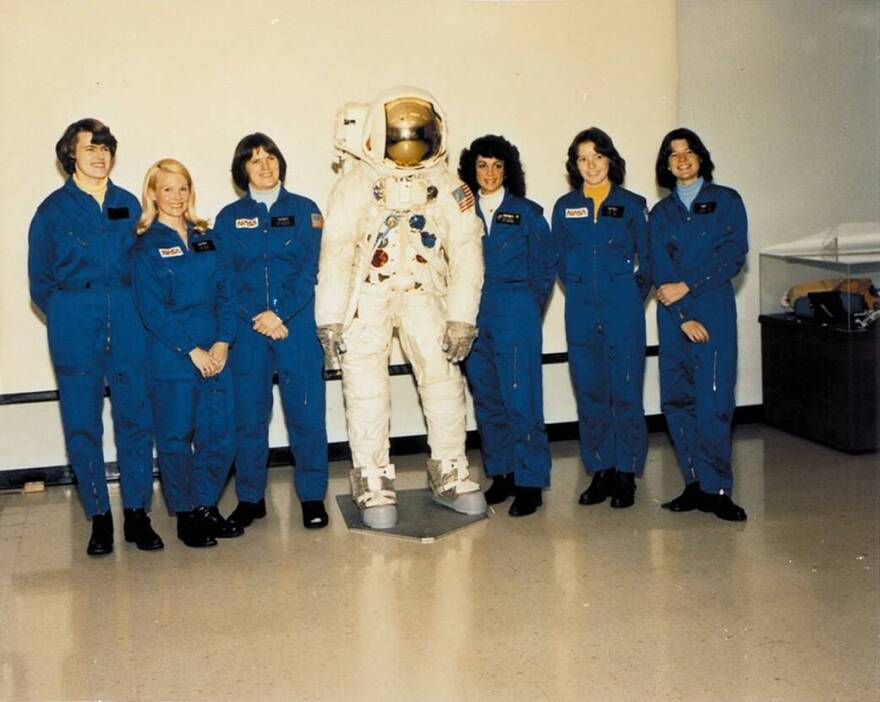What is the likelihood of an asteroid colliding with our planet?
NASA has a team of planetary protectors that are working to prevent asteroids.
In 2016, NASA created the Planetary Defense Coordination Office to continue the agency’s mission to protect our planet from any universal threats like asteroids and to “find them before they find us.”
Kelly Fast is the program manager for NASA’s Near-Earth-Objects-Observations Program. She described the process of tracking these asteroids, and for the public not to worry because if there were a threat, people would have plenty of notice.
"If there is an object that does pose a threat that you'd have years or decades of notice, instead of like in the movies, everybody's always scrambling," Fast said. "And it takes time anyway, to get enough observations to really nail down an orbit and a prediction.”
NASA's first female astronauts
In 1978, Kathryn Sullivan, Shannon Lucid, Rhea Seddon, Anna Fisher, Sally Ride and Judy Resnik were the first women selected in NASA's astronaut program.

The book, The Six: The Untold Stories of America’s First Women in Space, highlights the identities of these women and their journey throughout the U.S. space program.
Loren Grush is the author of that book, and a space reporter for Bloomberg News. In her novel, she explores the advances these women made for the U.S. space program.
"I think that's what's so great about these women is because of their experience, and what they went through, the women today don't have to deal with the same kinds of struggles," Grush said. "Obviously, there are so many things that we're still fighting for today. But that is why I ultimately wanted to write this book is because in my own life, I think about the women who came before and have made it easier for me.”








